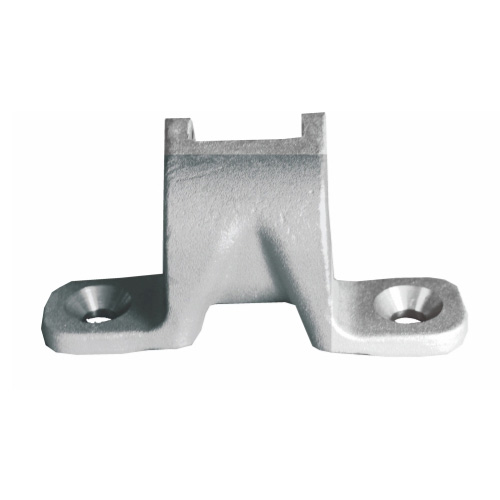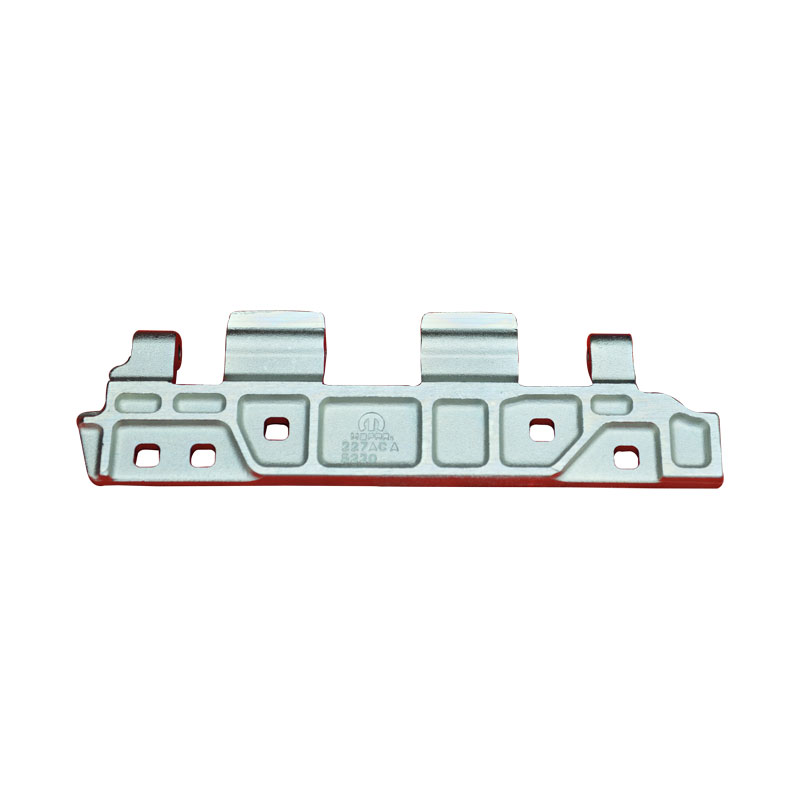What happens during heat treatment of forgings?
2022-05-25
During the heat treatment of forgings, the mass volume of different structures is different, so the mass volume of forgings is bound to change. Because there is a temperature difference between the surface and the heart of the forging, the surface and the heart of the organization transformation is not timely, so the internal and external mass volume changes will produce internal stress. This internal stress caused by the heterogeneity of organizational transformation is called phase transition stress.
The mass volume of the basic structure of the steel increases in the order of austenite, pearlite, sortenite, troosite, lower bainite, tempered martensite and martensite. For example, forgings quenching fast cooling, due to the surface of the first cold to his point, so the surface from austenite into martensite, volume swell, but the heart is still in austenite state, prevent surface swell, so the forging heart by tensile stress, surface by compressive stress; When it continues to cool, the surface temperature decreases and will no longer swell, while the core will continue to swell due to the transformation into martensite, so it will be prevented by the surface.
So the heart is subjected to compressive stress, and the surface is subjected to tensile stress. This stress remains in the forging after cooling as a residual stress.
Therefore, in the quenching cooling process, the change of thermal stress and phase change stress is opposite, and the final residual stress in the forging is also opposite. The combined stress of thermal stress and phase change stress,
The mass volume of the basic structure of the steel increases in the order of austenite, pearlite, sortenite, troosite, lower bainite, tempered martensite and martensite. For example, forgings quenching fast cooling, due to the surface of the first cold to his point, so the surface from austenite into martensite, volume swell, but the heart is still in austenite state, prevent surface swell, so the forging heart by tensile stress, surface by compressive stress; When it continues to cool, the surface temperature decreases and will no longer swell, while the core will continue to swell due to the transformation into martensite, so it will be prevented by the surface.
So the heart is subjected to compressive stress, and the surface is subjected to tensile stress. This stress remains in the forging after cooling as a residual stress.
Therefore, in the quenching cooling process, the change of thermal stress and phase change stress is opposite, and the final residual stress in the forging is also opposite. The combined stress of thermal stress and phase change stress,
This is called quenching internal stress. When the residual internal stress in the forging exceeds the yield point of steel, the workpiece will produce plastic deformation, resulting in distortion of the forging.


X
We use cookies to offer you a better browsing experience, analyze site traffic and personalize content. By using this site, you agree to our use of cookies.
Privacy Policy



